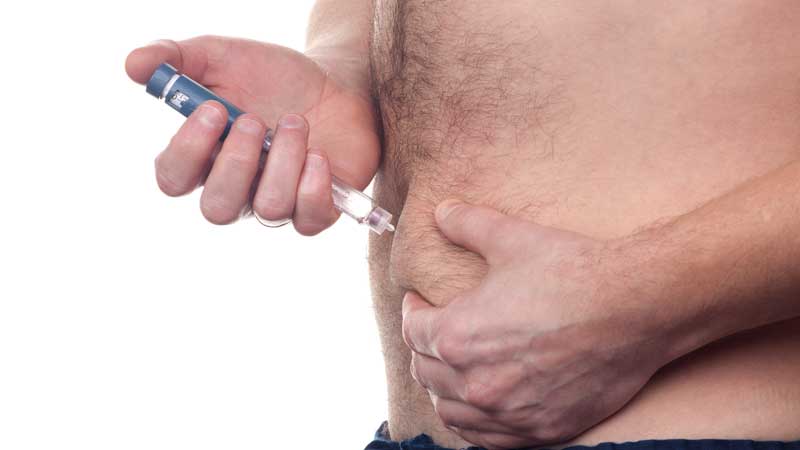The management of diabetes and best practice in injection technique
Best practice in injection technique is critical to ensuring optimal glycaemic control and is a part of good diabetes management. This article discusses the consequences of poor injection technique and offers advice on best practice in injection technique. A number of factors contribute to good technique, including injection site selection, injection site care, injection process, needle length, use of lifted skin folds (if appropriate) and rotation of injection sites. Health professionals also have a duty to teach and check an individual's injection technique, as well as to revisit and review their technique at subsequent consultations. All health professionals—especially nurses as the nursing role continues to expand—have a responsibility to acquire knowledge and skills in current best practice in injection technique. In doing so, they become better equipped to support patients effectively and safely, improve patients' quality of life and minimize the risk of complications associated with diabetes.
Jane Diggle - Practice nurse with a special interest in diabetes, NHS Wakefield District; board member, Forum for Injection Technique; committee member, Primary Care Diabetes Society
